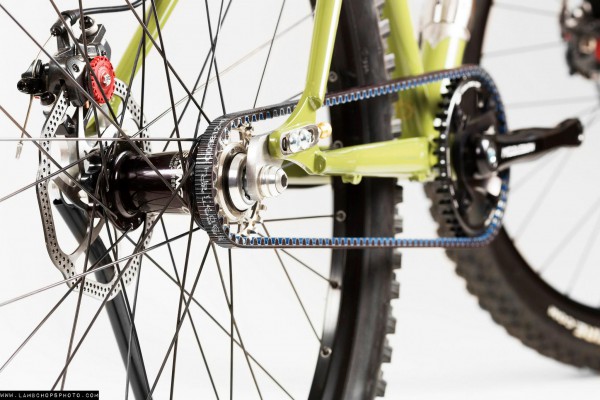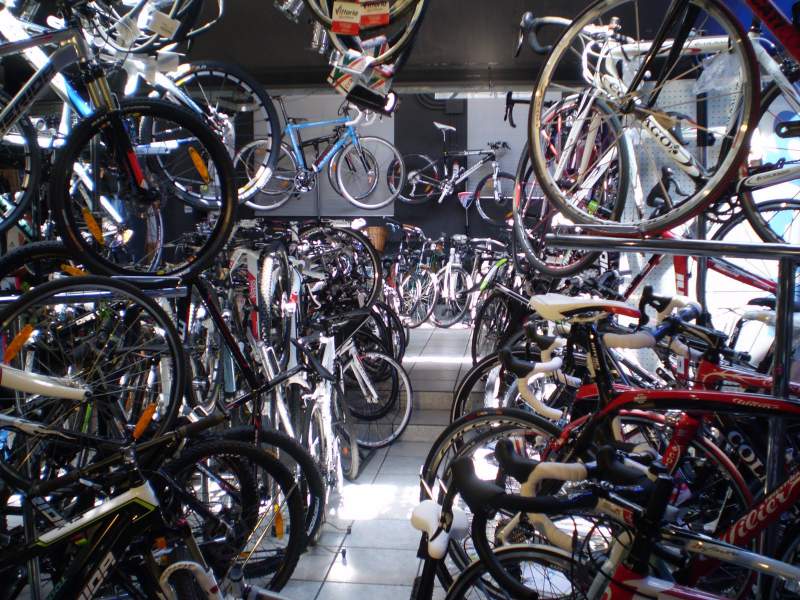Fatties in Competition
Wide Tires
Standard mountain bikes typically have a tire width of about 2 inches. Fat bike tires are about double that — or more even. The massive tires can also be ridden at dramatically lower pressure. The width allows fat bikes to float on loose, non-solid surfaces where any other bike would just sink in and go nowhere.
Low Pressure
Mountain bike tires range from about 25–65 psi, but the gigantic fat tires can handle pressures as low as 10 psi or even less. Lower pressure allows the tire to grip the ground under the rider’s weight, drastically increasing the contact area of the tire thus increasing traction even of loose surface such as snow or sand where the fat bike is at home.
All Terrain
For other conditions, such as sand or soft snow, the extra width and low pressure allows the rider to float more easily over the softer, more unstable surface. The tires react to snow-packed and icy surfaces gliding through icy corners that can send you hurtling to the ground on a standard mountain bike. As an added benefit, the squishy tires also make for a much more comfortable ride on any surface as it’s a built in suspension.
The Best Fat Bikes For You
Now that you know a bit more about fat bikes here are ten of the best fat bikes for you to consider for a totally different riding experience.
The Trek Farley may just be at the top of the food chain, both in performance, looks, and price. It also accommodates one of the widest tires out there at 5 inches.
- Carbon or Alloy frame
- Tubeless tires
- Rockshock Bluto Fork
- Up to 11 speeds
With up to six different models of the Trek Farley the models range from about $1,200 to about $4,800.
- 4130 chromoly steel tubing
-
Shimano SLX CS-HG81-10-speed cassette
- Six frame sizes from extra small to xxLarge
-
$2,700.00
A worthy first-time fat bike, with only slightly less width at 4.6 inches.
- FACT carbon fiber fork
- M4 alloy frame construction
- SRAM X7 Type 2.1, 10-speed
- $ 1,699.00
Tires getting smaller at 4 inches in width, the Double Double is at home for daily use on any surface.
- Aluminum Frame
- Custom hydroform fork
- Shimano 10-speed
- $1,999.00
The echo is performance-oriented, with clearance for 4.8 inch tires.
- Full carbon frame
- Fully guided internal cable routing
- SRAM XG-1195 cassette
- $4,750
The Kahn, with over five inches of travel and a massive foot print, allows a rider to stick lines only available to mountain goats and downhill pro’s in the past. When traction is virtually unlimited, a rider can push through limits. You only need to know one thing: This fat bike is full-suspension since Turner only makes full suspension bikes
- $5999
The bike for those who ride in every season on every surface. Fans of the “lefty” fork will recognize this unique design on the Fat CAAD.
- Aluminum Frame
- SRAM components
- 4.8-inch tires
- Bike specialty — mowing things down
- $3,730
With an innovative carbon frame weighing in at an incredible 1550 g, this is one of the lightest fatties out there. The Dude may look fat but don’t let that fool you – nothing stands in its way.
- SRAM drivetrain
- 4.0-inch tires designed for a faster ride than other fatties
- Rockshock fork
- $4273.13
Not tied-down to specific single-season use, and much more than a just ‘snow bike’, the trail-orientated geometry and fat tires lend themselves well to year-round use.
- Chromoly steel frame
- Shimano and Samox drivetrain
- 4-inch tires
- $ 1852.42
This bike is all about playing. Moonmen bikes are foremost about the joy of riding, especially when you’re floating over a fluffy snow, bike packing across the desert, or taking a podium at your local race series. This bike company is so new, that reviews are for the most part, unavailable. It also has so many different options, that listing even part of them is not fair, but here are the basics:
- Single Speed
- Titanium
- $3600 and up
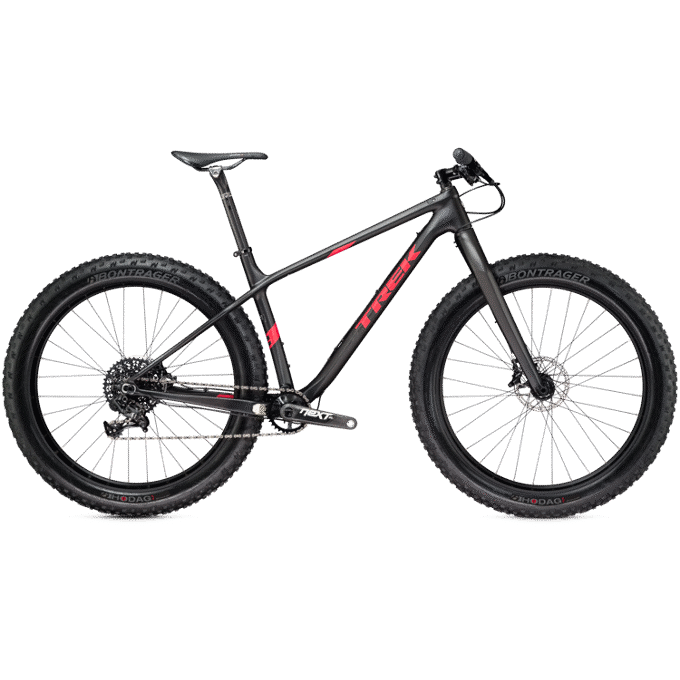

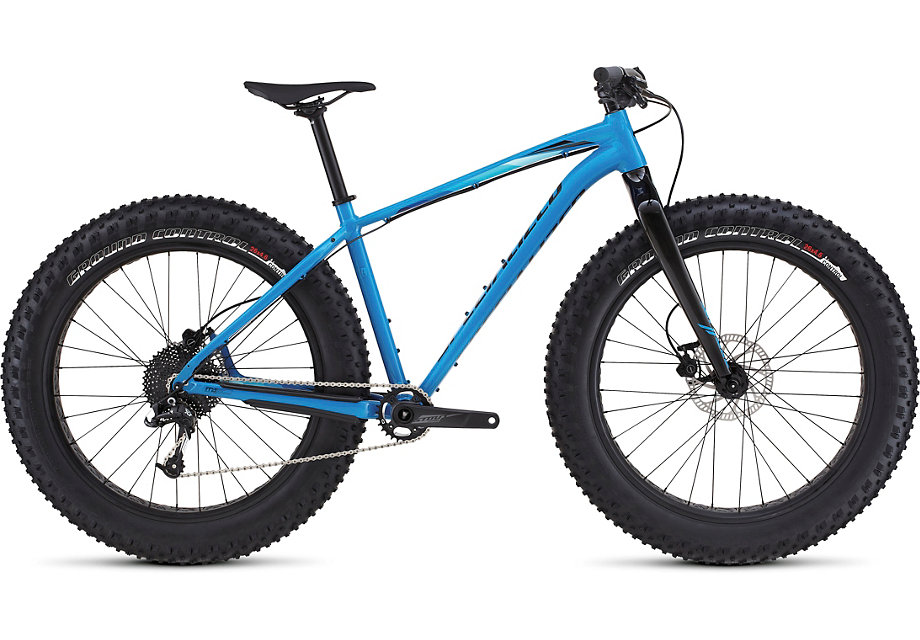





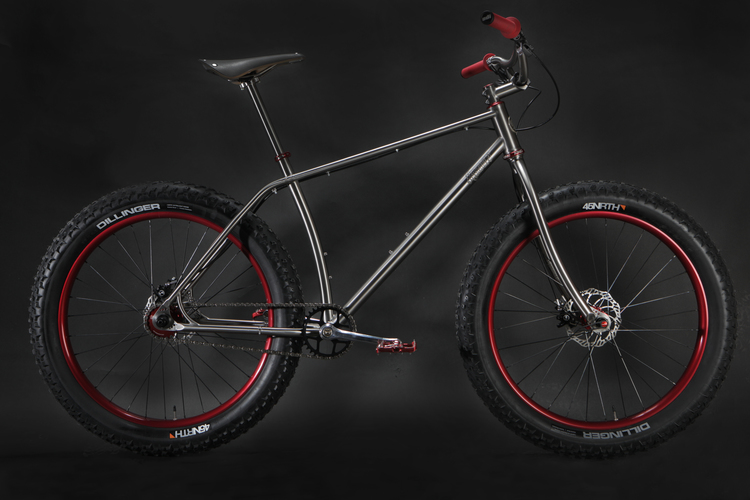
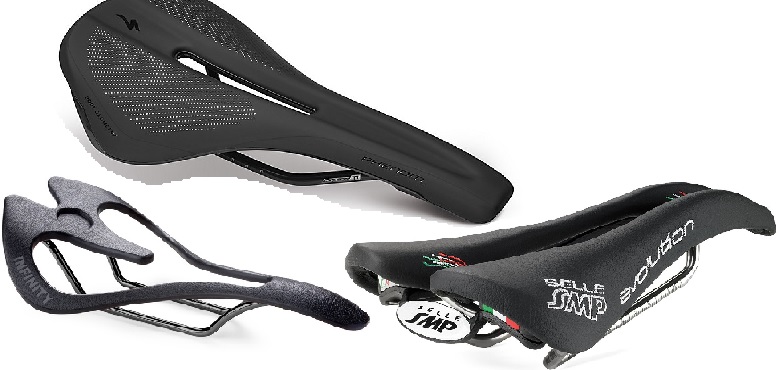


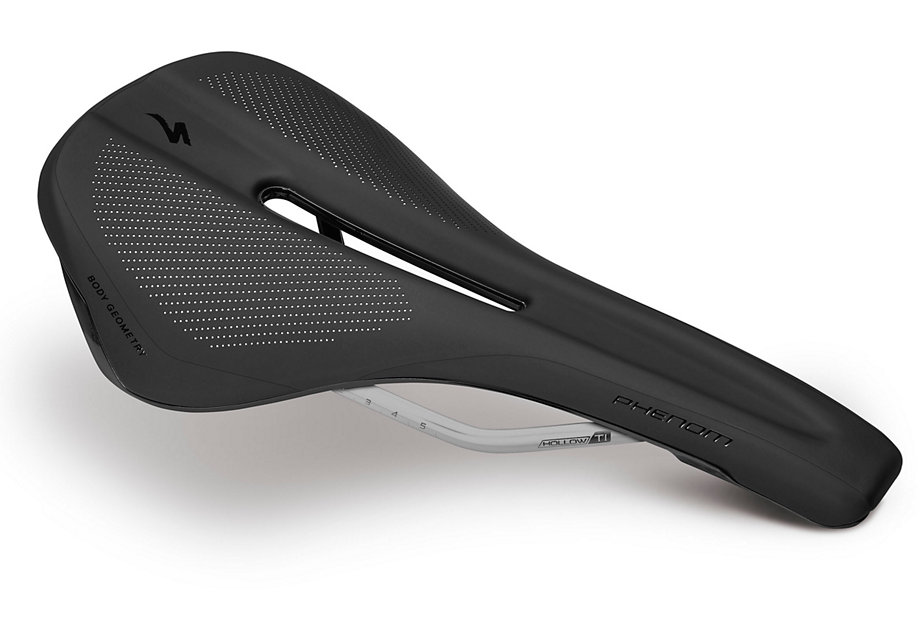


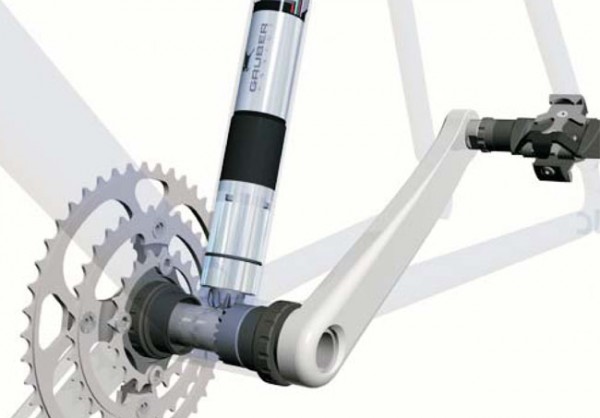
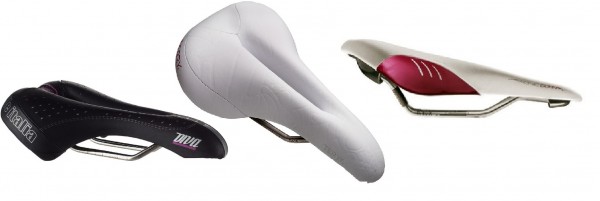









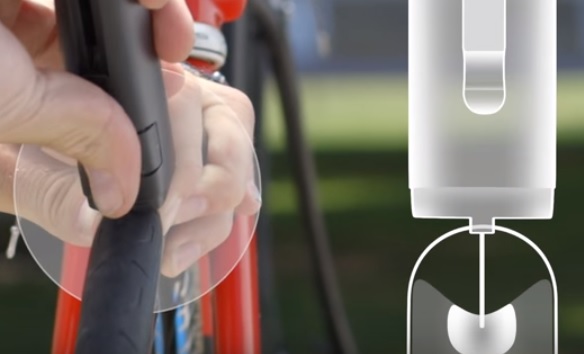

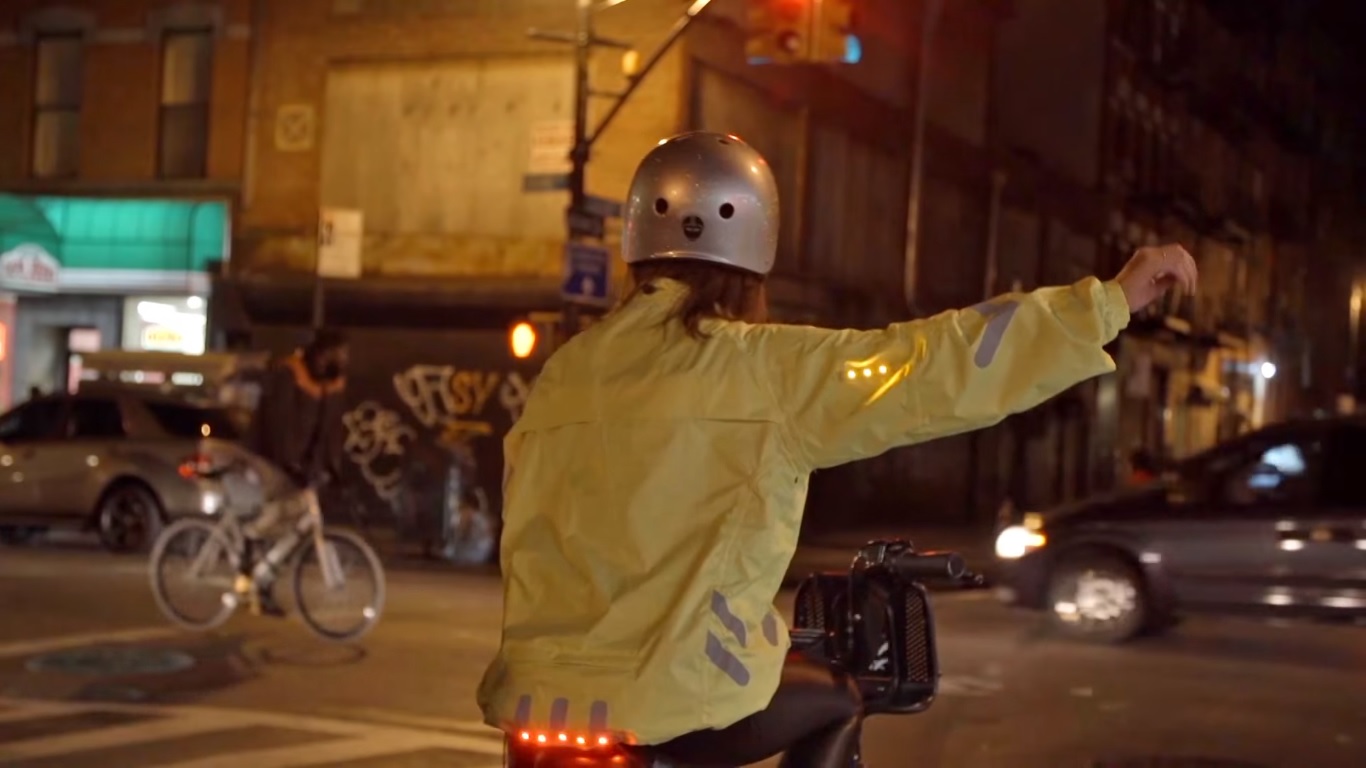



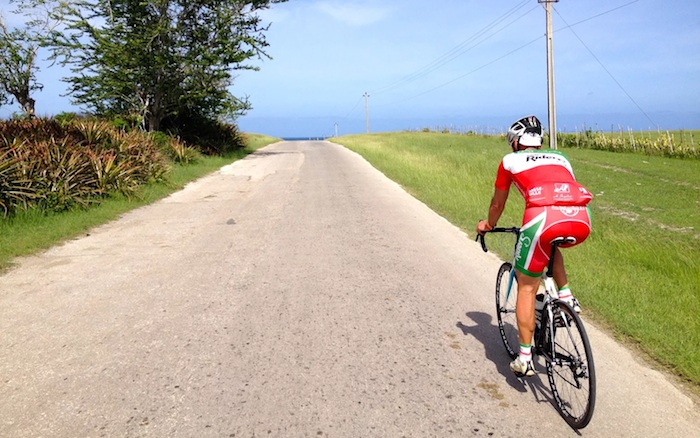

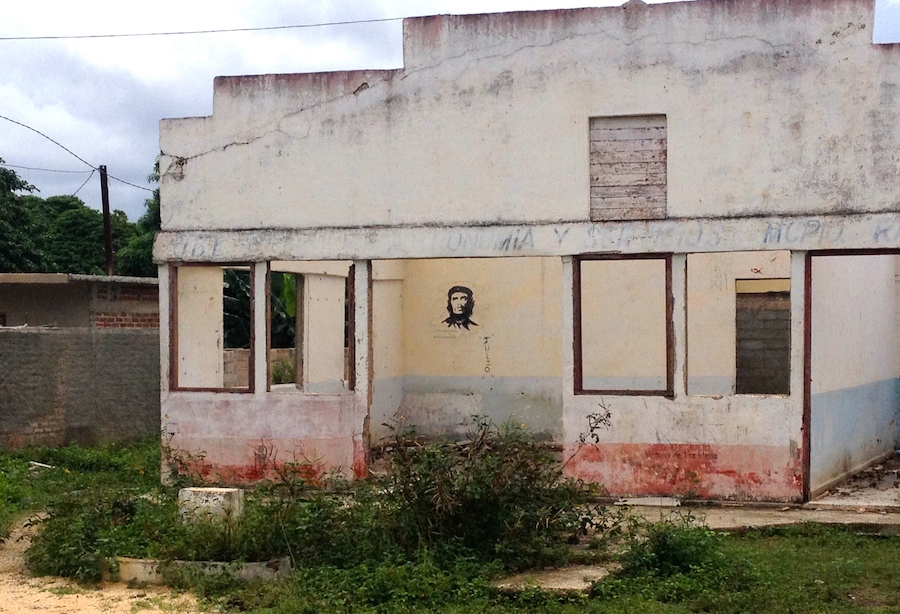

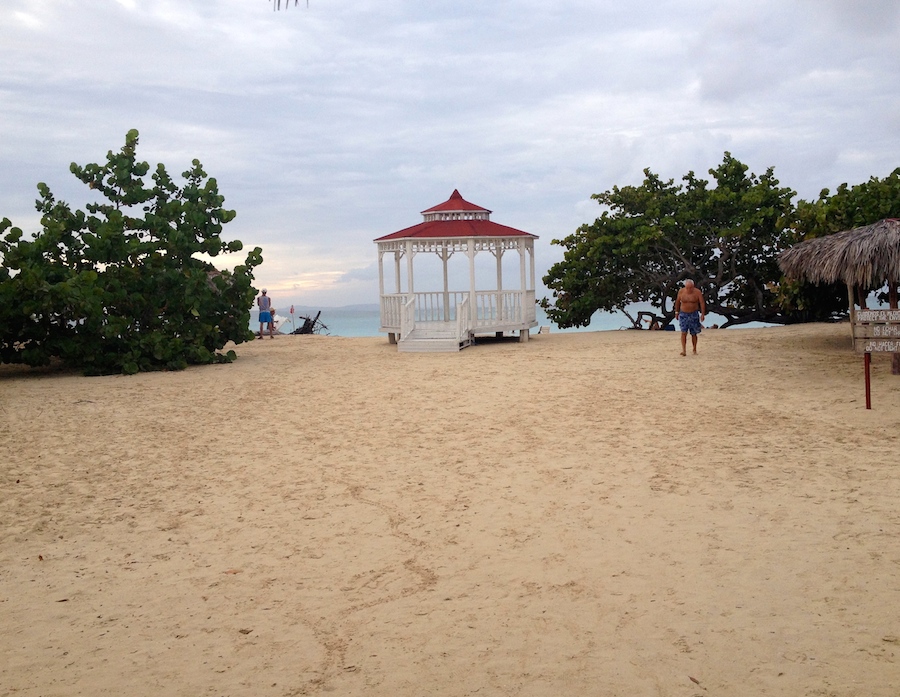 I stayed on a resort in the North Eastern part of the island. There is a large concentration of resorts in this area, and if you’re looking for a relaxing cycling trip this is the way to go. It is nice to romanticize about touring from one end of the island to the other while sleeping in a tent, and surviving on nothing but bananas and sugar cane. It’s equally nice knowing that after a long day in 30 degree Celsius heat you will have a shower, a bed, a meal and a place to let loose or even relax for the evening.
I stayed on a resort in the North Eastern part of the island. There is a large concentration of resorts in this area, and if you’re looking for a relaxing cycling trip this is the way to go. It is nice to romanticize about touring from one end of the island to the other while sleeping in a tent, and surviving on nothing but bananas and sugar cane. It’s equally nice knowing that after a long day in 30 degree Celsius heat you will have a shower, a bed, a meal and a place to let loose or even relax for the evening.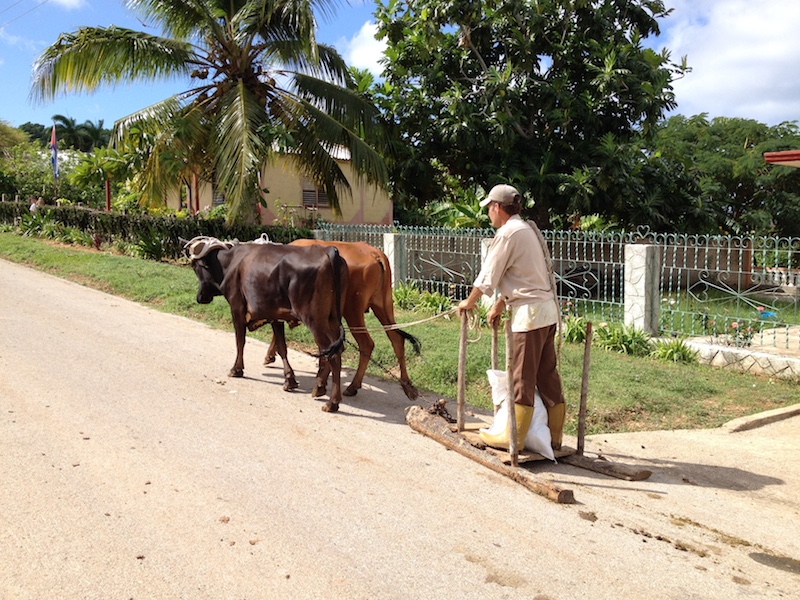
 As expected, the beaches in Cuba are fantastic. The best ones are always the ‘locals only’ ones. Fortunately they are not hard to find. I would recommend Playa Blanco, which also hosts a monument to Christopher Columbus who landed in the area in 1492. It is worthwhile to relax and take some time in this area. There are a number of great ‘for locals’ restaurants, and also ones which have catered themselves to tourists, but in a charmingly Cuban way. These bear no flash or refinements North Americans are accustomed to, and the payoff is incredibly delicious and fresh fish usually caught hours before the meal.
As expected, the beaches in Cuba are fantastic. The best ones are always the ‘locals only’ ones. Fortunately they are not hard to find. I would recommend Playa Blanco, which also hosts a monument to Christopher Columbus who landed in the area in 1492. It is worthwhile to relax and take some time in this area. There are a number of great ‘for locals’ restaurants, and also ones which have catered themselves to tourists, but in a charmingly Cuban way. These bear no flash or refinements North Americans are accustomed to, and the payoff is incredibly delicious and fresh fish usually caught hours before the meal.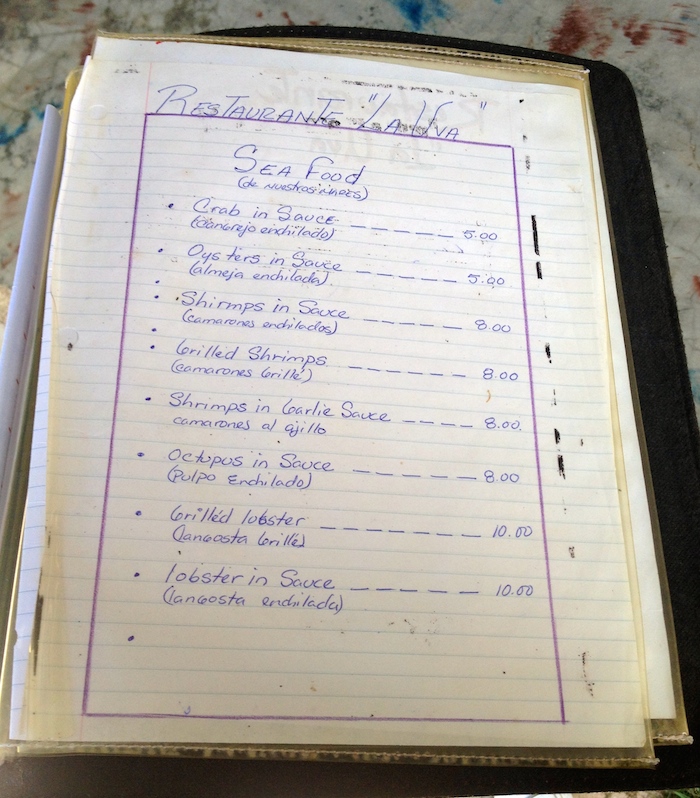
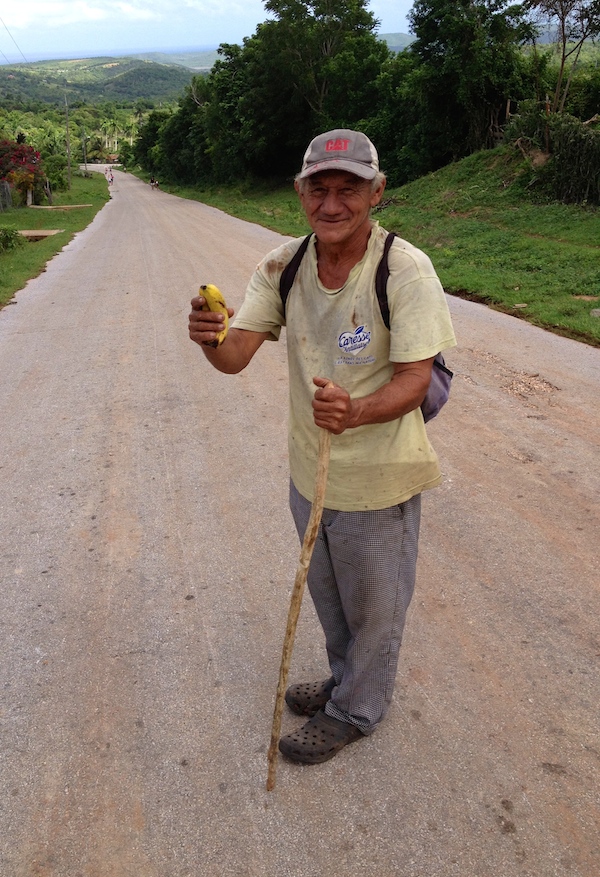
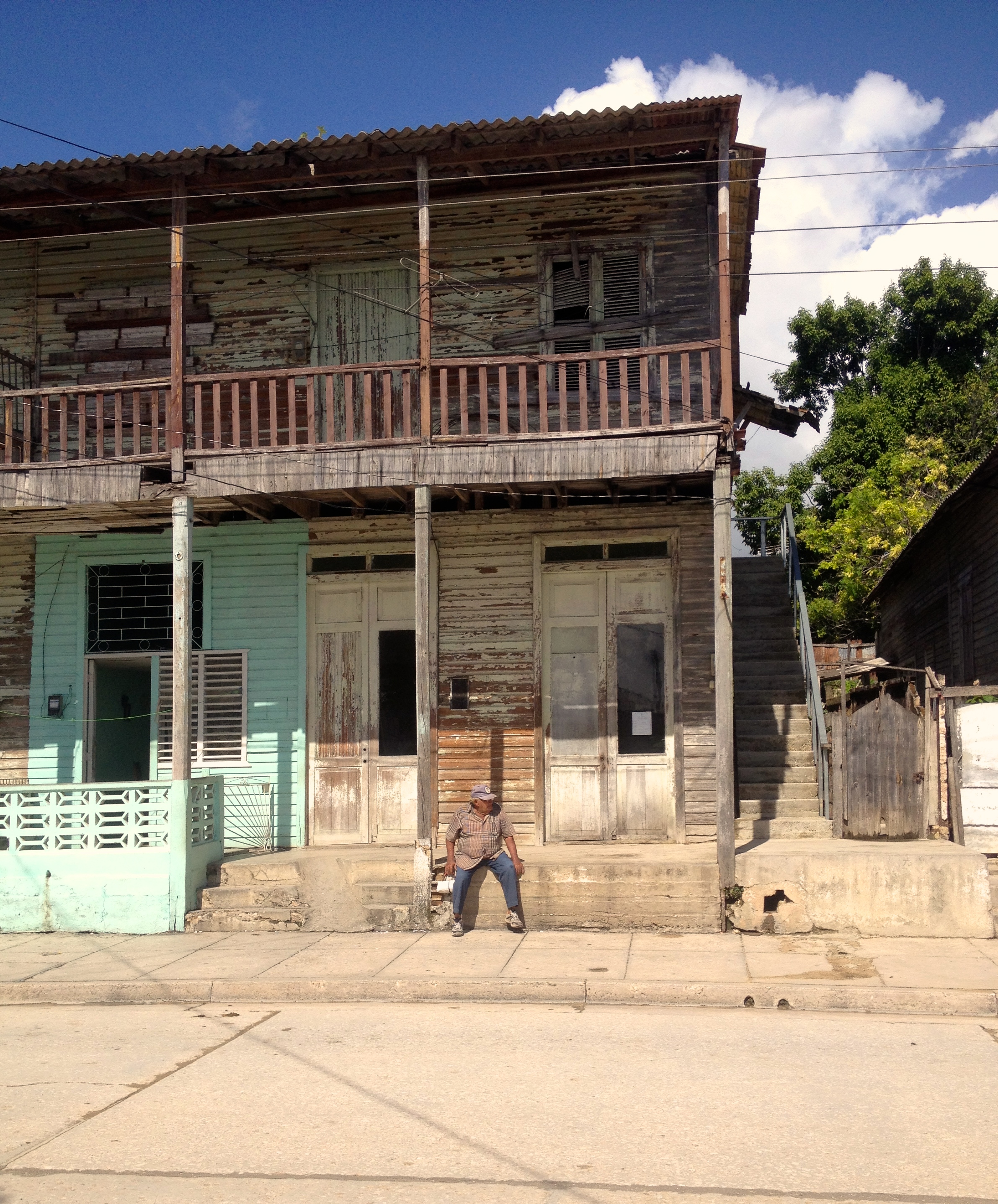 The rides for the most part are largely out and backs. If you wanted to do loops, expect to be in the saddle for over 150 km, unless you have a cross bike and a guide. The mapping system that I have seen only covers the larger arteries of the island.
The rides for the most part are largely out and backs. If you wanted to do loops, expect to be in the saddle for over 150 km, unless you have a cross bike and a guide. The mapping system that I have seen only covers the larger arteries of the island.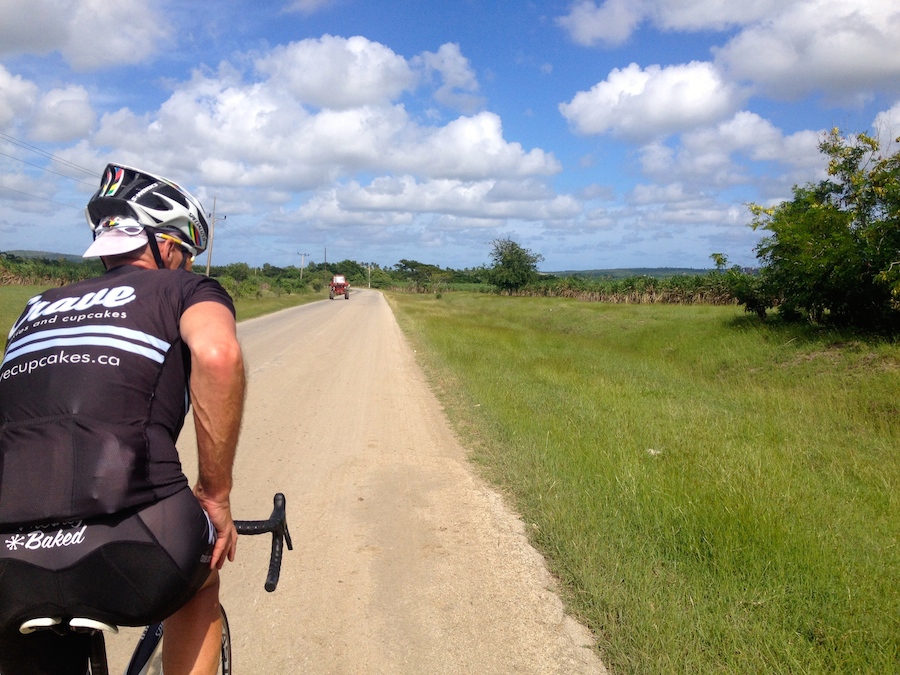 Overall Cuba is a land of contradictions. It is stuck in its adolescence in the world market, but has a very tumultuous history. As its communist ways soften it has shown its defiance to one parent, while building its relationship with the other, and as a result offers a very unique experience. Cuban history is still very much apparent, and easy to find.
Overall Cuba is a land of contradictions. It is stuck in its adolescence in the world market, but has a very tumultuous history. As its communist ways soften it has shown its defiance to one parent, while building its relationship with the other, and as a result offers a very unique experience. Cuban history is still very much apparent, and easy to find.





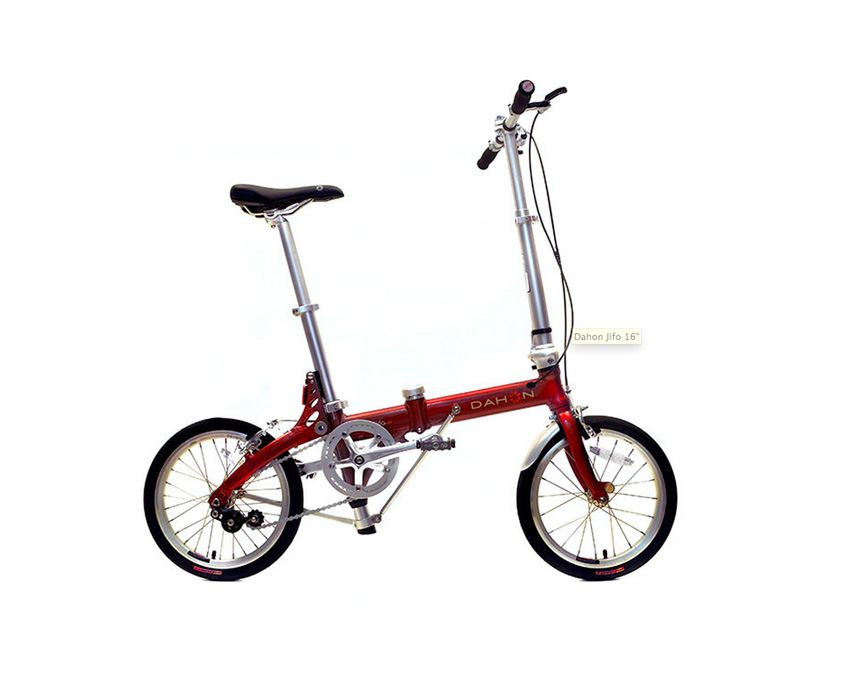

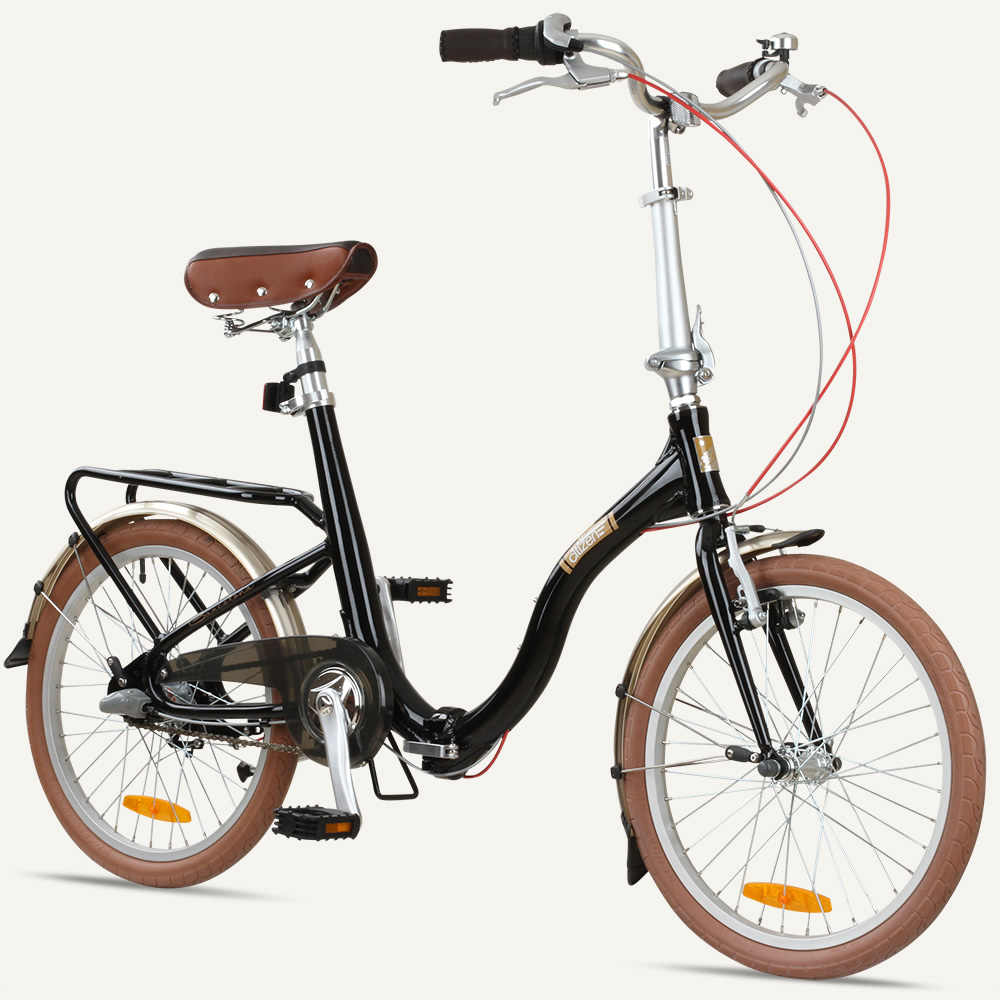 though the Citizen Bike Barcelona doesn’t have the smallest fold, reviewers say it is comfortable to ride and the price is hard to beat. If comfort and value trump speed and compactness, then you’ll appreciate this bike’s laid-back sensibility
though the Citizen Bike Barcelona doesn’t have the smallest fold, reviewers say it is comfortable to ride and the price is hard to beat. If comfort and value trump speed and compactness, then you’ll appreciate this bike’s laid-back sensibility places flanges in place to disassemble and reassemble the bike. This is a great option if you already have a bike and want it smaller for travel. The flanges add some weight by functionality wise it is more or less the same.
places flanges in place to disassemble and reassemble the bike. This is a great option if you already have a bike and want it smaller for travel. The flanges add some weight by functionality wise it is more or less the same.